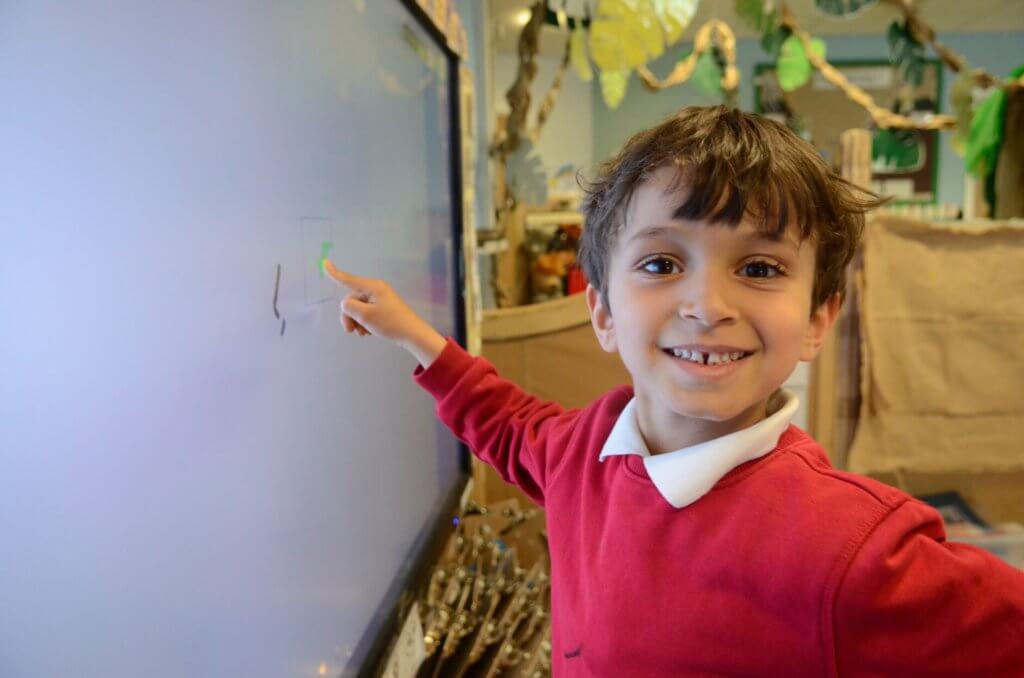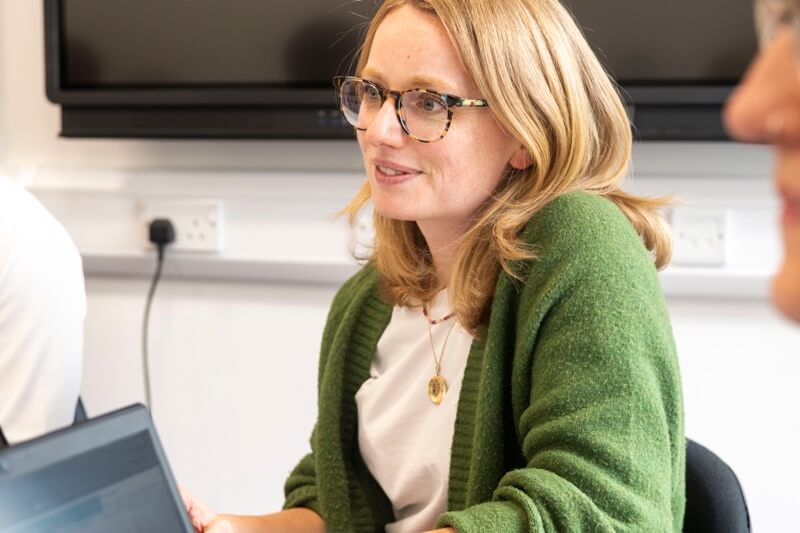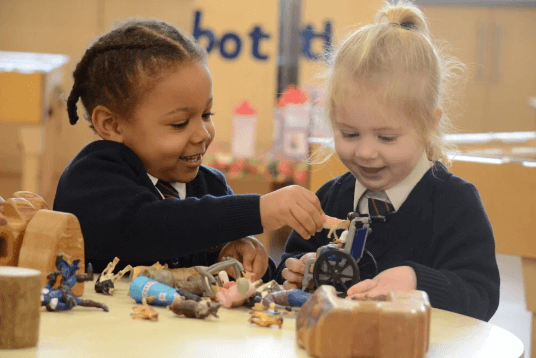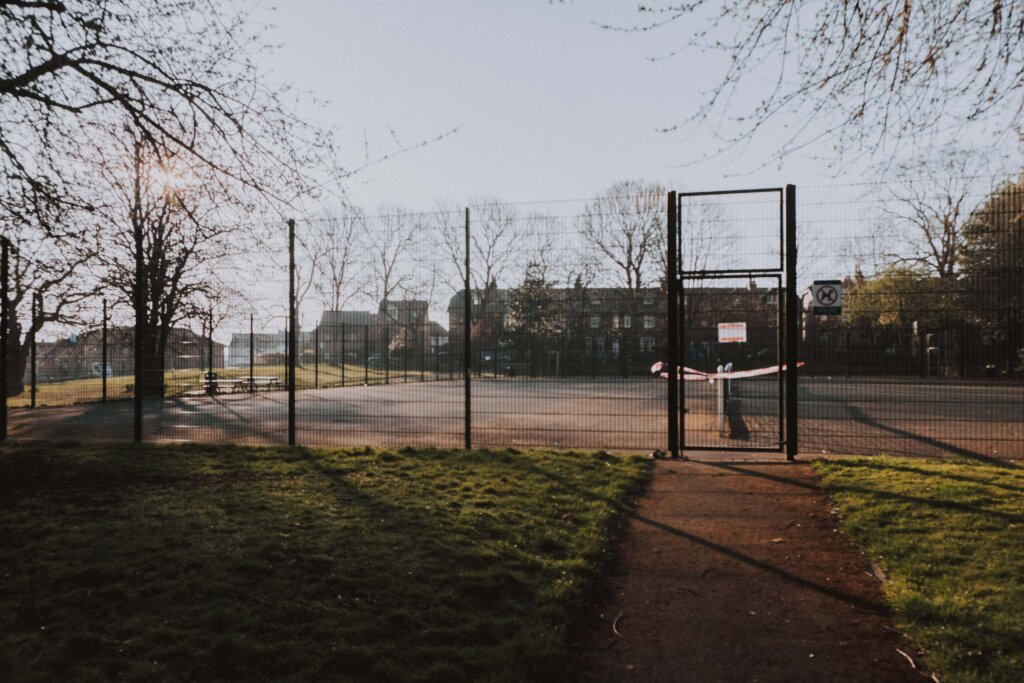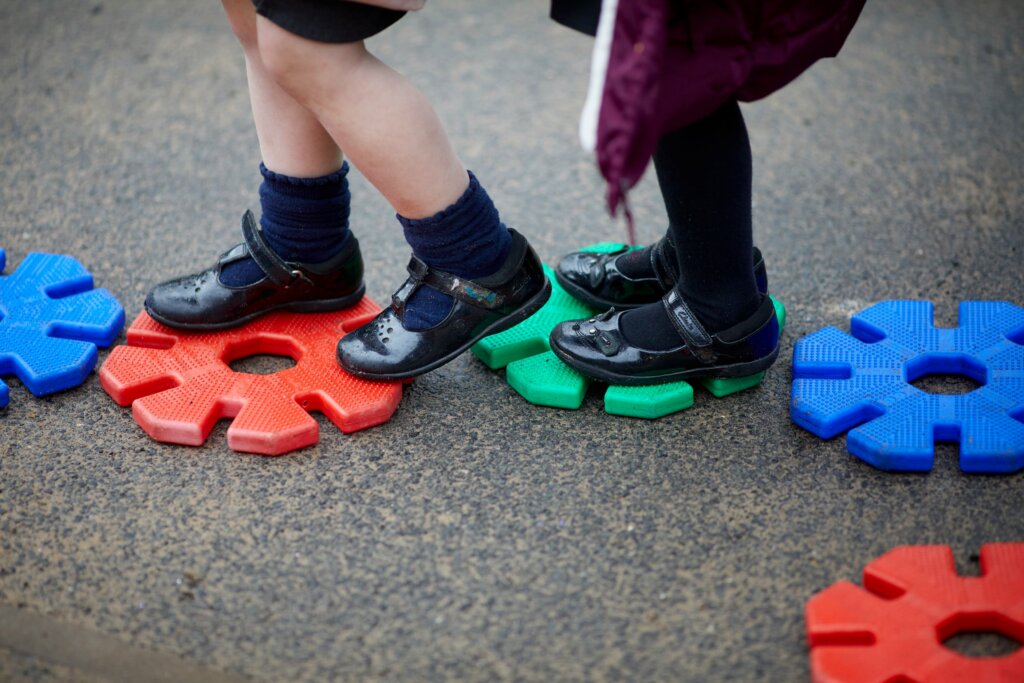All establishments should ensure that their staff’s safeguarding training is up to date and current. A way of doing this is for schools to self-assess their current school policy and procedures.
If you are unsure of how to conduct an effective self-assessment or would like to know more, then we can help support your School or Academy.
Introduction to safeguarding assessments
Safeguarding self-assessments are essential tools for schools to evaluate the effectiveness of their child protection policies and procedures. By conducting regular self-assessments, schools can identify areas for improvement, ensure compliance with legal requirements, and ultimately create a safer environment for their students.
In this blog post, we’ll delve into the importance of safeguarding self-assessments and explore the key areas that should be covered in a comprehensive assessment. We’ll also discuss the potential consequences of poor safeguarding practices and how schools can take proactive steps to address these issues.
What is a safeguarding self-assessment?
A safeguarding self-assessment is a tool, which allows schools to assess the effectiveness of their current safeguarding policies and procedures. The assessment will take you through the basic standards for safeguarding children and is a valuable investment for the future of pupils .
As well as ensuring your schools basic safeguarding standards are met, here at One Education we can support your school to go that extra mile in supporting and safeguarding your pupils. We’ll discuss more about this later in the blog!
Are safeguarding policies in schools necessary?
Working Together to Safeguard Children requires that all data is to be collected in order to ensure and provide evidence that schools are fulfilling their statutory safeguarding obligations.
By conducting a self-assessment, you are meeting these requirements by building a record of safeguarding procedures as well as highlighting areas in need of improvement to provide better practice.
Read more: Keeping Children Safe in Education 2024
Why are safeguarding self-assessments important?
All children have the right to be protected from abuse and harm and a way of doing this is to keep safeguarding policies and procedures current. Safeguarding self-assessments are important as they highlight weaknesses within current safeguarding policies.
This ensures that schools have the most robust and current policies, so that they can safeguard children to the best of their ability. Manchester Safeguarding Children states that by conducting assessments, it allows staff to reflect on their practice and ensures the safety of children is always paramount and considered by all practitioners working with children and young people.
Once schools are able to self-assess, they will be able and aware of how to conduct their own safeguarding assessments on a regular basis; which in return will provide optimum support systems for child safeguarding and protection.
Here are so more reasons why safeguarding assessments are important:
- Identifying gaps and weaknesses: They help schools identify areas where their child protection measures may be inadequate or need improvement.
- Ensuring compliance: They ensure that schools are complying with legal and regulatory requirements for child protection.
- Promoting a safe environment: By identifying and addressing potential risks, self-assessments contribute to creating a safer environment for students.
- Improving staff knowledge: The process of conducting a self-assessment can help to reinforce staff understanding of child protection issues.
- Demonstrating commitment: Self-assessments can demonstrate to stakeholders, such as parents and governing bodies, that the school is committed to safeguarding children.
- Continuous improvement: Regular self-assessments can help schools to continuously improve their child protection practices over time.
Don’t forget, safeguarding is also inspected by Ofsted as part of the ‘Leadership and Management’ key area. Schools will be judged based on the effectiveness of safeguarding policies and procedures, as well as the behaviour, wellbeing, and personal development of pupils. Safeguarding self-assessments can help you prepare for inspection, giving you the reassurance that all safeguarding arrangements are line with Ofsted expectations.
What should a safeguarding assessment cover?
A safeguarding self-assessment should delve into various aspects of a school’s child protection measures, ensuring they align with the Keeping Children Safe in Education guidelines. Here are the primary areas to focus on:
Core safeguarding requirements
- Child protection policy: Ensure the policy is up-to-date, clear, and effectively communicated to all staff.
- Designated safeguarding lead (DSL) role: Verify the DSL’s knowledge, training, and capacity to fulfil their responsibilities.
- Safer recruitment: Assess the school’s procedures for checking the suitability of staff.
- Managing allegations: Evaluate how allegations against staff are handled, including investigations and reporting.
- Accident prevention: Review safety measures to minimise accidents on school premises.
- Information sharing: Ensure appropriate information sharing with relevant agencies, such as social services.
- Bullying prevention: Assess strategies to prevent and address bullying incidents.
Read more: Mandatory Reporting for Sexual Abuse
Assessing safeguarding levels
- DSL knowledge and skills: Evaluate the DSL’s understanding of child protection issues.
- School environment: Assess the physical safety and security of the school.
- Accessibility: Ensure the school is accessible to all students, including those with disabilities.
- Confidentiality: Review procedures for maintaining confidentiality of sensitive information.
Effectiveness of policies and procedures
- Overall effectiveness: Evaluate how well current policies and procedures are implemented.
- Weaknesses and improvements: Identify areas that require strengthening or improvement.
The role of the DSL
- Leadership: The DSL should take the lead in safeguarding initiatives.
- Staff training: Ensure all staff receive regular safeguarding training.
By addressing these key areas, schools can identify strengths and weaknesses in their safeguarding practices and take necessary steps to ensure the safety and well-being of their students.
What are some examples of poor safeguarding practices in schools?
Poor safeguarding can negatively impact the wellbeing of children in your school. Poor safeguarding practices include:
- Inadequate policies and procedures
- Insufficient staff training
- Weak safeguarding culture
- Inadequate risk assessment
- Poor communication and information sharing
- Inadequate supervision and monitoring
- Inadequate reporting
How One Education can support your school’s child protection policy
One Education can provide your school with expert guidance and support to conduct effective safeguarding self-assessments. Our services include tailored tools, training, policy development, risk assessment assistance, and external audits. By partnering with us, you can ensure that your school is taking proactive steps to protect the safety and well-being of your students.
Ready to enhance your school’s safeguarding practices? Contact One Education today.
Please complete the form below and we will get in contact as soon as we can to help you with your query.
